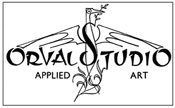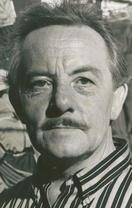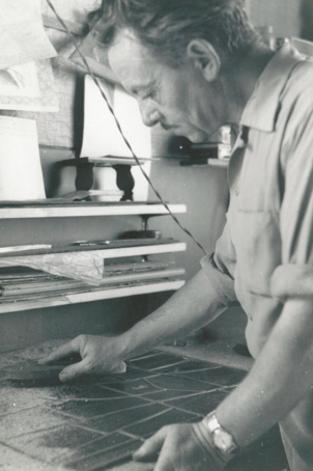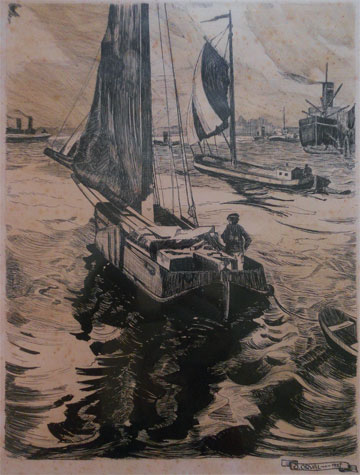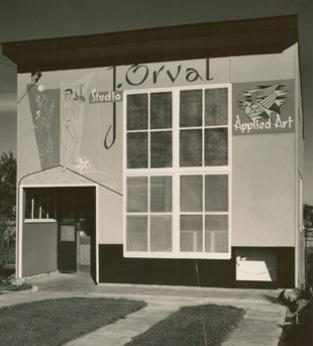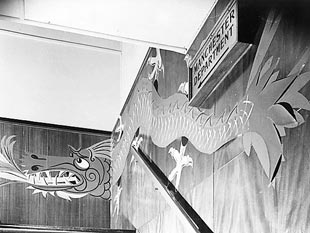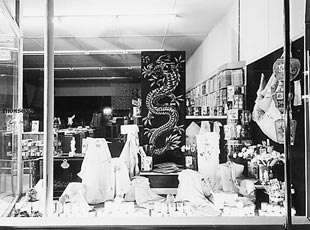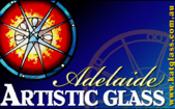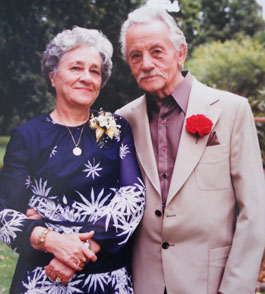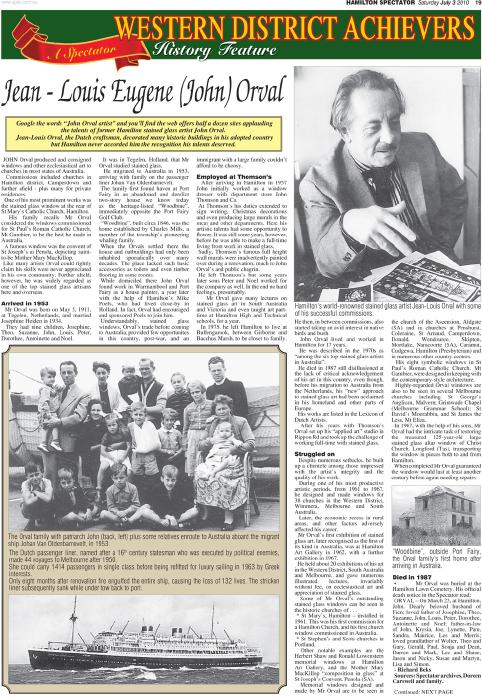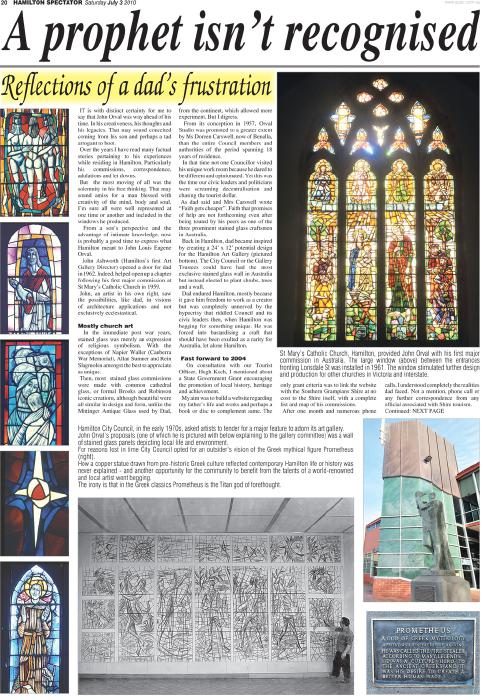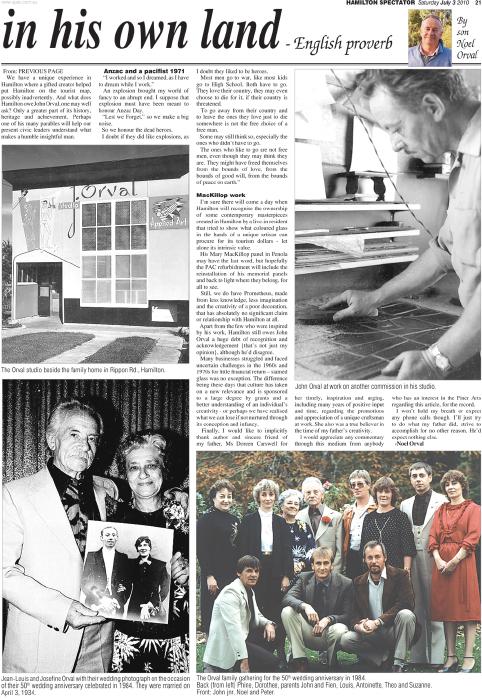All the information contained on this website is from Jean's personal correspondence with his patrons & family,
collated by Noel and Rachael Orval.
Welcome
Rotterdam Harbour (pen & ink) in which
Jean won an award through a
national newspaper in 1927.
Jean at work in his studio in
Rippon Road, Hamilton.
The Orval Studio of Applied Art at Jean's residence in Rippon Road, Hamilton.
Jean Louis
Eugene Orval
1911 - 1987
The Dragon in the stairway at
John Thomson & Co's Manchester Department which Jean created.
Jean's window display for the Manchester Department at John Thomson and Co, Hamilton. The Dragon was made of gold fabric and black satin and won a major award from
Hilton Hoisery.
Links
Frans Kat
Stained Glass Artist, Adelaide, SA
Jeffrey Hamilton
Stained Glass Artist, Haymarket, NSW
Geoffrey Wallace
of Geoffrey Wallace Stained Glass, Melbourne, VIC
Please feel free to make any comment regarding the website, or if you think you may have any of Jean Orval's windows in your church or perhaps in a private collection, please send a note at the above email so that it may be photographed and catalogued thus enabling Jean's legacy to live on ...
Jean and his wife Phine:
A 'reason for being'
 | ||||||
After graduating with a diploma of art in Venlo, Holland, he worked for three years as a painter and sign writer followed by employment as a decorator and display artist from 1930-1942. He has worked and trained with famous Dutch artists such as Marius de Leeuw, Daan Wildschut, Jan Dyker, Charles Eyck and sculptors Frans Timmermans and Piet Killaars amongst others. In 1942 he was forced to work in Germany during World War II.
In May, 1944 he commenced his own commercial art business operating until 1947.
It was during this period that he began to design stained glass windows. He studied in his spare time at the Arts and Crafts School at Maastricht, Holland as well as portrait painting at a private school in Venlo.
During 1947-1953 he worked at two stained glass studios in Holland.
In 1953 he immigrated to Australia with his wife Josefine whom he married in 1934 and their nine children, settling in Port Fairy for three years before moving to Hamilton.
He began work as a sign writer and window display artist with John Thomson and Co, while supplementing his income as an art teacher at Hamilton High and Technical Schools in 1958. He also gave many lectures on stained glass art in South Australia and Victoria.
At Thomson’s his duties extended to sign writing, Christmas decorations and even producing large murals in the meat and other departments. Here his artistic talents had some opportunity to flower. It was still some years, however, before he was able to make a full-time living from work in stained glass.
Sadly, Thomson’s famous full height wall murals were inadvertently painted over during a renovation, much to Jean’s and the public’s chagrin.
Jean Orval lived and worked in Hamilton for 17 years.
He was described in the 1970s as “among the six top stained glass artists in Australia.”
He died in 1987 still disillusioned at the lack of critical acknowledgement of his art in this country, even though, before his migration to Australia from the Netherlands, his “new” approach to stained glass art had been acclaimed in his homeland and other parts of Europe.
His works are listed in the Lexicon of Dutch Artists 1750-1950.
During one of his most productive artistic periods, from 1961 to 1967, he designed and made windows for 38 churches in the Western District, Wimmera, Melbourne and South Australia.
Mr Orval’s first exhibition of stained glass art, later recognised as the first of its kind in Australia, was at Hamilton Art Gallery in 1962, with a further exhibition in 1967.
He held about 20 exhibitions of his art in the Western District, South Australia and Melbourne and gave numerous illustrated lectures, invariably without fee, on ecclesiastical art and appreciation of stained glass.
Some of Mr Orval’s outstanding stained glass windows can be seen in the historic churches of St Mary’s Hamilton – installed in 1961. This was his first commission for a Hamilton Church, and his first church window commissioned in Australia; St Stephen’s and Scots Churches in Portland.
Other notable examples are the Herbert Shaw and Ronald Lowenstern memorial windows at the Hamilton Art Gallery and the Mother Mary MacKillop “composition in glass” at St Joseph’s Convent, Penola (SA).
Memorial windows designed and made by Mr Orval are to be seen in the church of the Ascension, Aldgate (SA) and in churches at Penshurst, Coleraine, St Arnaud, Camperdown, Donald, Wendouree, Skipton, Mortlake, Naracoorte (SA), Caramut, Cudgewa, Hamilton (Presbyterian & Christ Church) and in numerous other country centres.
His eight symbolic windows in St Paul’s Roman Catholic Church, Mt Gambier, were designed in keeping with the contemporary style architecture.
Highly regarded Orval windows are also to be seen in several Melbourne churches including St George’s Anglican, Malvern; Grimwade Chapel (Melbourne Grammar School); St David’s Moorabbin and St James the Less, Mt Eliza.
In 1967, with the help of his sons, Mr Orval had the intricate task of restoring the treasured 125 year-old large stained glass altar window of Christ Church, Longford (Tas), transporting the window in pieces both to and from Hamilton. When completed Mr Orval guaranteed the window would last at least another century before again needing repairs.
It might sound simple when he said that an artist is actually a representative of his environment. There may be other factors involved in the making of an artist, but he liked to keep things simple, as it does not make it less true. His art is not just of himself because his environment is involved. What he produced had become possible because of what happened or what has been achieved long before his time.
He had to be careful when he talked about art because his ideas seemed to differ from many artists and art critics views.
Mr Orval died in 1987 and was buried at the Hamilton Lawn Cemetery.
His official death notice in the Spectator read:
ORVAL – On March 25, at Hamilton, Jean. Dearly beloved husband of Fien; loved father of Josephine, Theo, Suzanne, John, Louis, Peter, Dorothee, Antoinette and Noel; father-in-law of John, Krysia, Joe, Lynette, Pam, Sandra, Maurice, Les and Merris; loved grandfather of Wolter, Theo and Gary, Gerald, Paul, Sonja and Dean, Darren and Mark, Lee and Shane, Jason and Nicky, Susan and Martyn, Lisa and Simon.
Considered by most to be a master glass artist who could incorporate many mediums in his works, Jean never truly received the acclamation in Australia, deserved of one so highly regarded in post-war Europe. This is his story.
Jean Orval was born in Tegelen, Holland in May, 1911 and died in Hamilton, Victoria March, 1987.
He had many prominent art teachers from the time he was seven years of age.
As early as 1926 his emerging talent won him 1st prize in drawing at a Home Industry Expo in Helden-Panningen, Holland. In 1927 a National newspaper honoured him with 1st prize for a composition in pen and ink of Rotterdam Harbour. The other sketches he submitted at that time also received high acclaim.
If you would like to contact us or require any further information, please copy and paste the email below into your outlook and get in touch:

